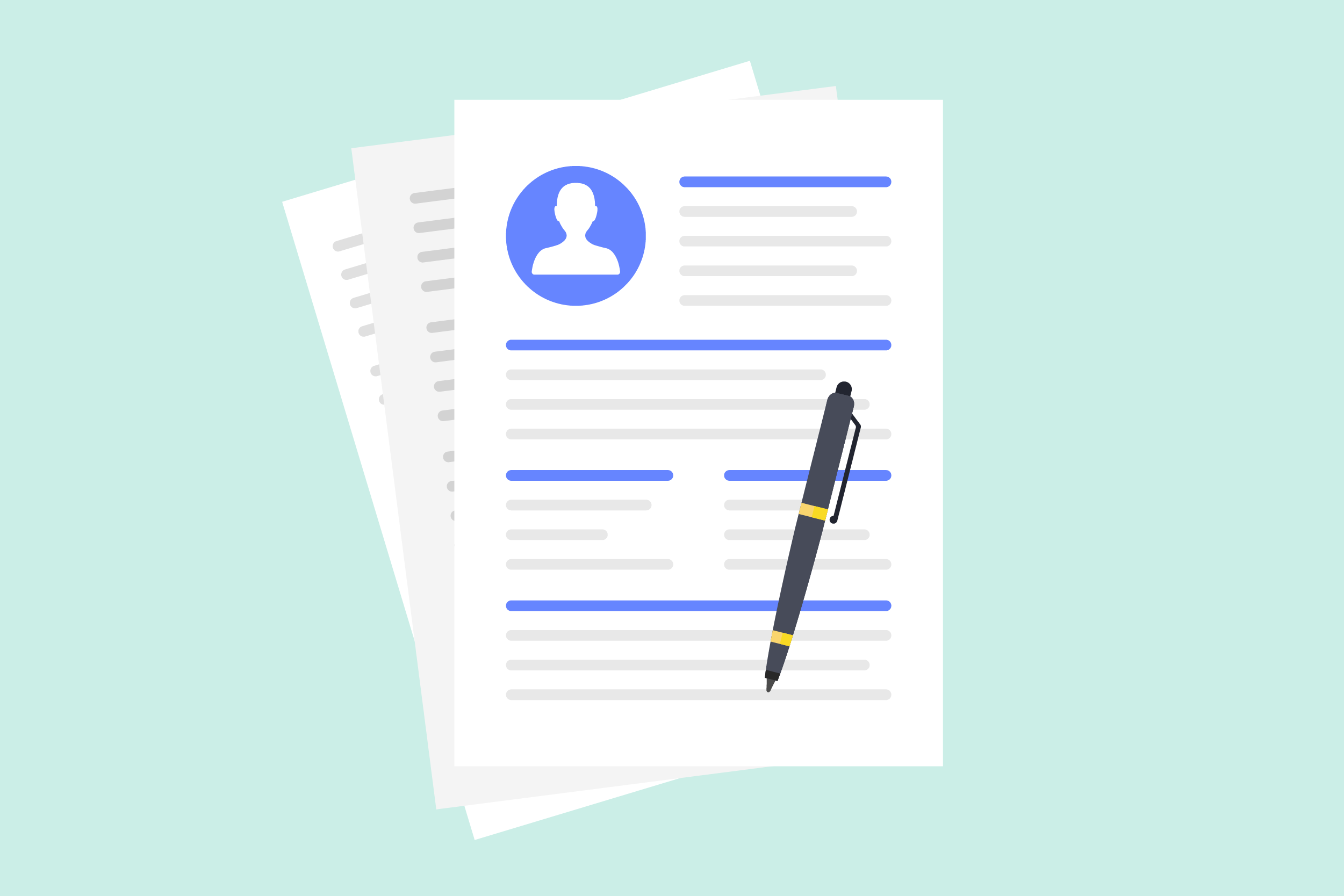Drafting, editing, and perfecting a resume is hard enough, and the idea of having to refine it for every single job you apply for is, well, a lot. You probably know that doing it will increase the chances of your resume making its way to the hiring manager, but it’s still time-consuming and you’re a parent, so you probably don’t have a ton of extra time or mental energy on your hands. Suffice to say, revising your resume consistently is a frustrating part of the job hunt, and if you find it a bit annoying, those feelings are valid.
Irritating as it may be, it is a best practice for a reason. These revisions get results. Will your resume still get reviewed by a recruiter even if you skip editing it? For some jobs, it probably will, but it’s impossible to know which job that will be, and what if the only reason you didn’t get a call back for the dream job that you’re qualified for is simply that you didn’t update the keywords in your resume?
There is a balance here. Yes, you should tailor your resume for the jobs you’re applying for, but you shouldn’t have to invest a big chunk of time in doing it well. You can edit your resume as efficiently as possible by knowing what content should stay and where you can quickly make small changes.
Why Tailor A Resume?
You are probably already aware that keywords are a big deal when it comes to job searching. Recruiters who are doing cold searches will use specific keywords to find potential candidates on platforms like LinkedIn, and applicant tracking systems automatically weed out candidates with algorithms, many of which are based on keywords.
It’s more than just keywords, though. You can sprinkle buzzwords all over your resume and still get passed over by a recruiter or hiring manager simply because you didn’t quickly revise your skills profile or swap out some stats. Remember, your resume is supposed to demonstrate your ability to do the job they’re hiring for, not just that you’re well-versed in industry terminology.
📖Read More: Learn how to write a stand-out resume tailored to the job.
What To Keep & What To Change
Thankfully, you do not need to create a new resume from scratch for every job you’re applying for (that would be an excessive and poor use of your time).

Instead, create a skeleton resume with a layout that works with some content that will go unchanged, regardless of the job you’re applying for, as well as sections that are formatted for easy revisions.
No edits needed
- Your resume’s overall format
- Information that doesn’t change, such as education, contact information, and general job history
- Skills, accomplishments, certificates, or anything else that you think reflects what you value or who you are as a person, regardless of the job you’re in (example: past volunteer work or overseeing a committee for workplace diversity)
Quick modifications
- Resume title or headline; edit it so that it aligns with the job you’re applying for
- Skill summary; update your list of hard and soft skills to reflect those better
- that the employer is seeking in a candidate
- If necessary, remove any irrelevant job responsibilities/bullet points (not job titles) to make space for experience more related to this application
Larger changes
- Profile or summary statement; rewrite this so that it aligns with the job you’re applying for, and be sure to include a couple of keywords
- Data points; quantifiable results, or key deliverables should either be replaced or reworded so that they are relevant to the job you’re applying for
- Job responsibilities; look at your new skill summary and highlight responsibilities in previous jobs that demonstrate competency in those skills
Other considerations
Terminology: If you are looking for jobs available across various industries (such as accounting or marketing), make sure you revise your resume to reflect the industry of the job you’re applying for. Even if you haven’t specifically worked in the industry you’re applying for, see if there is anywhere in your resume you can work in some language or experience that shows you’re competent enough to learn. For example, a recruiter for a tech company won’t know what to do with a resume full of pharmaceutical industry terms.
Design: Ideally, you won’t have to change your resume’s layout (it’s a big undertaking), but some industries call for resumes that show some creativity, where others prefer things black and white (literally and figuratively). If you find yourself applying for jobs across industries like this, you may want to make two resume skeletons, one with a more creative look and another with a minimalist layout.
Job Function: Maybe you’re applying for similar jobs but not the same, like a writer and an editor. While they are both creative and work alongside each other, they have very different job profiles. In this case, it is better to create two skeleton resumes because while a lot of your experience and job history will be relevant to both positions, there will be many small tweaks you’ll need to make that will be easier to have two separate templates. It is also (more obviously) true if you’re going to be applying to jobs that are totally different from each other.
Cover Letter: Don’t forget your cover letter! It is just as important (if not more important) to tailor this to each job you’re applying for. Keeping it generic will not do you any favors in the recruitment process. However, you can make it a little easier by creating a basic template with a header (ideally, that matches your resume’s header), the date, subject line, greeting, and a general outline you want the letter to follow. It will help you stay on task and highlight key points in the letter while remaining concise. If you come across a job ad that wants a unique cover letter, you should skip the template and format it as instructed instead.
Take The Time To Get Noticed
Admittedly, you'll have to do a lot of prep work to create your resume skeletons before you can even start tailoring them to individual jobs. However, all of this work now will make things much easier later on when you want to efficiently apply to multiple jobs in one sitting. It’s worth all of the time and effort, though, because tailoring your resume will give you a competitive edge over other candidates who didn’t want to make the same investment. It is going to be what helps you stand out on paper so that you can get some face time (to dazzle them with your personality) and land the job.
Find your fit with The Mom Project
Join The Mom Project to create your talent profile and browse career opportunities from vetted companies that support work and life integration. 



